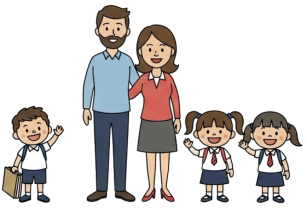
Question More, Action Knowledge.
Remember, at QMAK, we don’t just teach; we empower. We don’t just inform; we inspire. We don’t just question; we act. Become a Gold Member, and let’s unlock your child’s full potential, one question at a time.
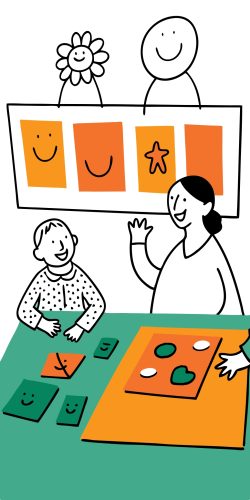
The ability to understand others’ perspectives, thoughts, and feelings helps children navigate social situations effectively and reduces misinterpretations that can lead to feelings of victimization.
Research indicates that developing a strong theory of mind—the ability to understand that others have thoughts and feelings that may differ from one’s own—can help children navigate social situations more effectively and reduce the likelihood of feeling victimized (Wahyuningsih & Novitasari, 2016).
For 7-year-old children, theory of mind is still developing. While they have basic understanding that others have different thoughts and feelings, they continue to refine their ability to interpret social cues accurately, predict others’ behavior based on mental states, and understand that people can have false beliefs or hidden emotions.
When children struggle with theory of mind, they may misinterpret others’ intentions, take neutral actions personally, or fail to understand how their own behavior affects others—all factors that can contribute to feelings of victimization.
Purpose: To develop the ability to recognize and interpret emotional expressions in others, connecting facial expressions and body language to underlying feelings.

Set up engaging emotion learning experiences:
Start with simple emotion identification:
Connect expressions to underlying causes:
Develop more sophisticated emotion recognition:
Connect game skills to real situations:
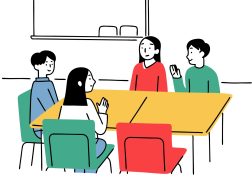
Purpose: To develop the understanding that different people experience and interpret the same situations differently, building the foundation for considering multiple viewpoints.
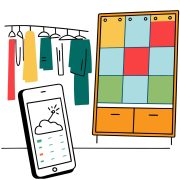
Choose materials that highlight different viewpoints:
Guide attention to different viewpoints during reading:
Engage with perspectives through interactive activities:
Bridge story learning to personal experiences:
Develop more sophisticated understanding:

Purpose: To develop the ability to predict others’ behaviors based on their thoughts, feelings, desires, and previous experiences, building understanding of the connection between mental states and actions.
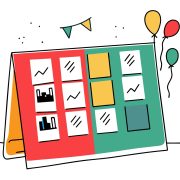
Design situations that promote thoughtful consideration:
Start with straightforward cause-effect relationships:
Introduce multiple factors affecting behavior:
Guide reasoning about behavioral predictions:
Transfer scenario learning to natural contexts:

Purpose: To experience different perspectives through imaginative play, developing the understanding that others have unique thoughts, feelings, and motivations that may differ from one’s own.
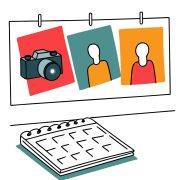
Create meaningful opportunities for perspective-taking:
Help children fully engage with different roles:
Create meaningful perspective shifts:
Deepen learning through reflection:
Build on established perspective-taking skills:

Purpose: To develop observation skills and social understanding by carefully noting and interpreting social cues, behaviors, and interactions, building awareness of the unspoken elements of social communication.
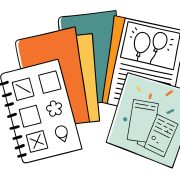
Create an engaging framework for social observation:
Develop systematic social awareness skills:
Apply detection skills in natural settings:
Develop meaning-making from social clues:
Transfer observation skills to personal interactions:

These theory of mind activities help children develop:
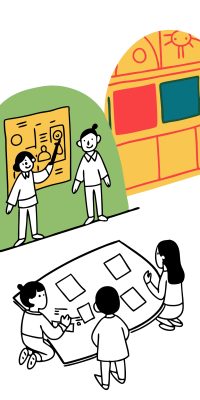
Remember that theory of mind development is an ongoing process. Regular, enjoyable practice with these skills helps children build the social understanding that reduces misinterpretations and feelings of victimization.
As children become more adept at recognizing others’ mental states and understanding different perspectives, they develop greater social confidence and more accurate interpretations of others’ intentions.
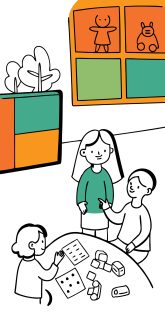
The goal is to help your child develop the understanding that others have different thoughts, feelings, and perspectives—knowledge that helps them navigate social situations more effectively and reduces the tendency to feel personally targeted by others’ behavior.

Remember, at QMAK, we don’t just teach; we empower. We don’t just inform; we inspire. We don’t just question; we act. Become a Gold Member, and let’s unlock your child’s full potential, one question at a time.